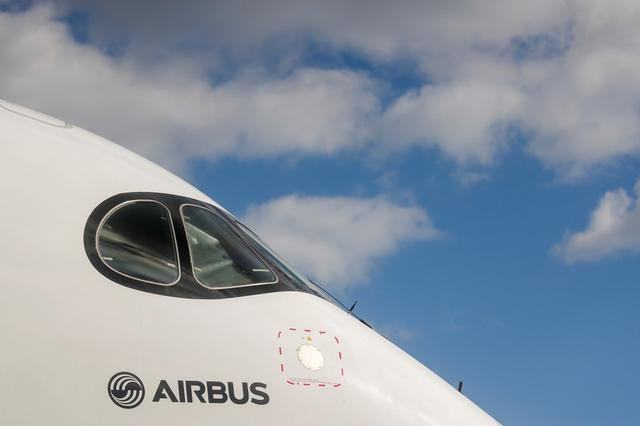A crash in Arctic Norway last month that killed five Norwegians and their Swedish pilot prompted European regulators to order immediate checks on the recently delivered versions of some Airbus helicopters.
The AS350 B3E, registered LN-OFU, crashed near a music festival in the far North of Norway, Alta.
Passengers, who were festival-goers, were just sight-seeing.
It was reported that local residents said the helicopter was flying low and making multiple bangs or explosive sounds before it crashed.
Considered the most fatal air crash in Norway's northernmost part since 1982, the investigation concerning this Airbus helicopter is still in progress.
Experts from the French Civil Aviation Safety Investigation Authority are helping the AIBN (Accident Investigation Board Norway) in investigating the accident.
Though Norwegian investigators didn't find anything on how the AS350 B3E helicopter crashed on August 31, Airbus surprisingly called for precautionary checks on parts linking the engine and the main gearbox.
This is the second safety bulletin issued by the company in just a month.
The operator of the crashed helicopter, Helitrans, did the newly-required inspections on its 15 helicopters of the same type and didn't find anything.
Helitrans said that with the recommendations from Airbus, their helicopters are "cleared to fly."
Airbus says their directive is the ensure airworthiness of the aircraft.
Just this Wednesday, the European Union Aviation Safety Agency also issued an emergency airworthiness directive making compulsory checks mandatory before an aircraft flies.
This directive affects 400 helicopters worldwide including lightweight helicopters with fewer than 300 hours of flight time.
Airbus says each helicopter needs to get checked for one hour.
The helicopter that crashed only had only flown 73 hours.
Models included in the inspection are the single-engine AS350 B3 and EC130 T2.
These helicopters are for fire-fighting, medical evacuation, police surveillance and passenger transport.
Airbus ordered checks on one of their military aircraft as well.
Few weeks before the August 31 crash, on August 8, German Federal Armed Forces grounded their fleet of EC665 Tiger attack helicopters after the notice from Airbus.
Airbus said a titanium bolt of the Main Rotor Control shows unusual weakness and breaks during flights potentially leading to a crash.
The same issue exists with the German NH90 and EC135 helicopters but since they are not getting used in critical areas, they were not grounded.
Another incident that involves Airbus rotor blades happened in Norway in 2016 when an Airbus Super Puma helicopter crashed and killed 13 people.
Super Puma's main rotor blades detached from the helicopter when it was transporting passengers from a Norwegian offshore oil platform.
Norwegian authorities then asked Airbus to do something about the design of the main gearbox of AS 332 L2 and EC 225 LP Super Puma helicopters.
These revised models were different from the one that crashed on August 31.






